12 Depression-Era Ways to Stretch a Meal That Still Work Today
Families during the Great Depression made every resource count, and many of their methods remain useful. Their approach shows how thoughtful planning in the kitchen can keep food costs low without sacrificing flavor or variety.
By looking at what worked in the past, you can make simple changes that last. Here are some ways that prove old habits can still fit modern meals.
Batch-Cook Hearty Staples
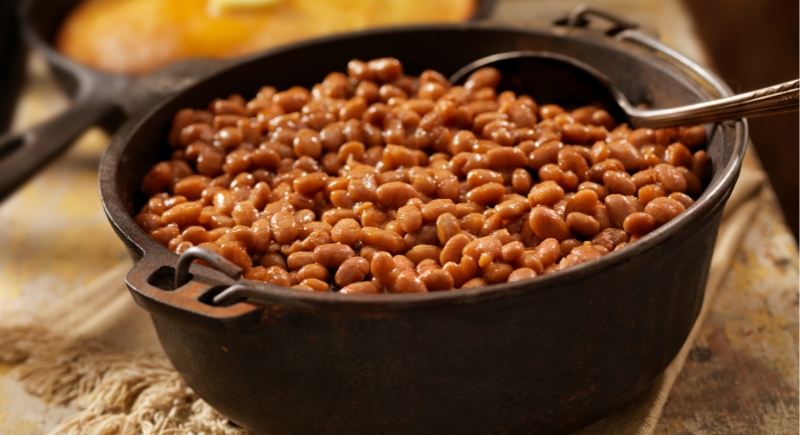
Credit: Getty Images
Several families cooked big pots of beans or rice at the start of the week because it stretched their effort and ingredients. One pot could be used as the base for stews, casseroles, or simple side dishes over several days. Having those staples ready after work means less time at the stove and less reliance on packaged mixes. It also keeps cleanup simple, with fewer pans to wash.
Choose Cheaper Cuts of Meat

Credit: Getty Images
In the past, premium meat cuts were beyond many budgets. Cheaper cuts required patience, but slow cooking softened tough fibers and brought out flavor. Buying bone-in chicken or brisket today reduces a significant amount over steaks or fillets. Skipping this approach means paying far more per serving for the same protein.
Add Beans to Stretch Meat
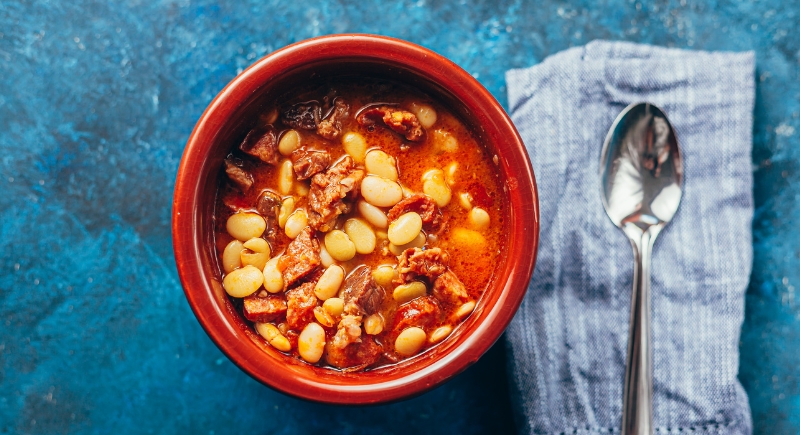
Credit: Getty Images
Start by cooking a generous serving of dried beans until they are tender and well seasoned. Keep them in the refrigerator so they are ready to use throughout the week. When you prepare ground beef for tacos or brown chicken for a stew, stir in a few cups of those beans. Store any extras in airtight containers and freeze portions to use over several weeks.
Pack Leftovers for Lunch
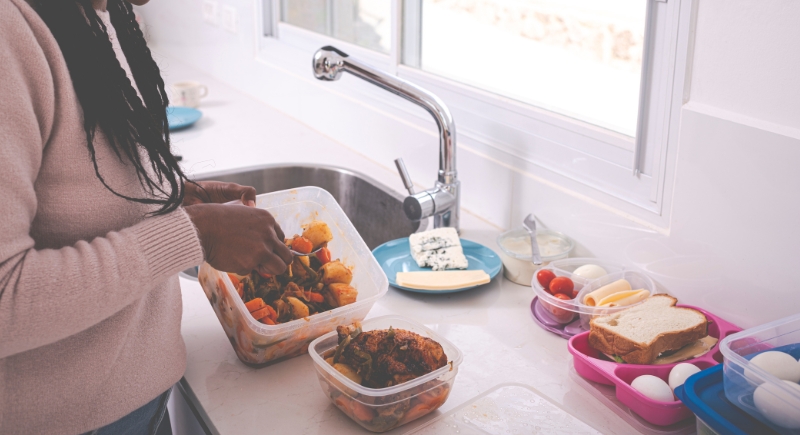
Credit: Getty Images
Bringing leftovers turns a single dinner into two meals without extra cooking. It cuts down grocery costs because every portion gets eaten instead of tossed. You skip the high price of takeout, and those savings build quickly over weeks. Having lunch ready also saves time during busy mornings since you are not deciding what to buy.
Use Bones to Make Broth

Credit: Getty Images
When households had to make every ingredient count, cooks routinely obtained bones from roasts and poultry. Those bones were then poured into large utensils with water, onion ends, and celery leaves to create a deeply flavored broth. The long simmering drew out richness that turned even simple soups into full meals.
Grow Food in Small Spaces
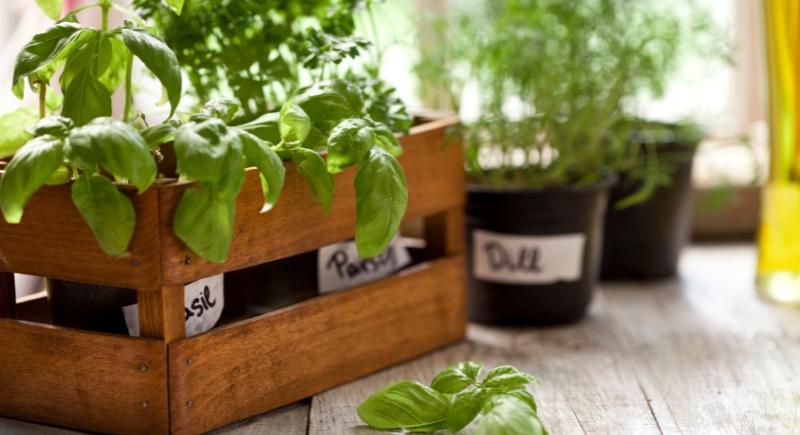
Credit: Getty Images
It was common to see vegetables planted in every available corner because store prices were too high for many families. Even now, growing a few greens or herbs can keep your grocery bills lower. A bundle of basil or parsley from the store tends to cost several dollars and spoils quickly. But planting in window boxes gives you steady access with no repeated purchases.
Bring Coffee from Home

Credit: iStockphoto
If you make your own coffee each morning, you control exactly what goes into your cup. You can limit added sugar, avoid heavy syrups, and choose healthier milk options. Various café drinks contain far more calories and sweeteners than most people expect. Whipping it up yourself also means fresher coffee with no unnecessary additives.
Stretch Dairy Products
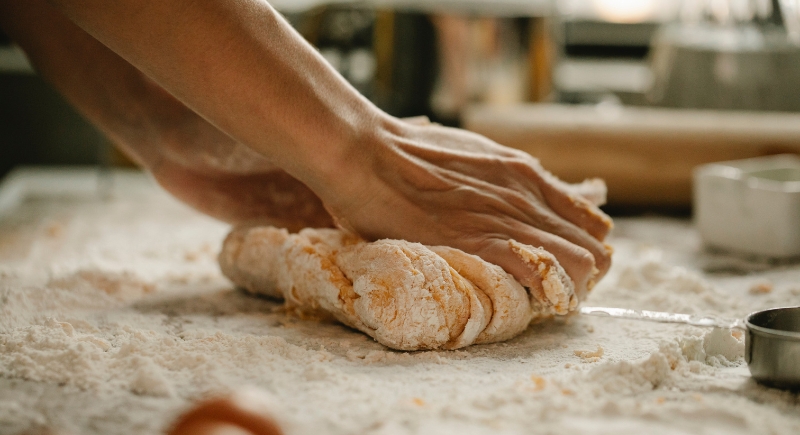
Credit: pexels
Milk and butter used to be scarce because delivery routes were unreliable and refrigeration was limited. A family might receive only a small amount of milk every few days, and butter was often rationed or simply unavailable for weeks. To cope, cooks thinned milk with water for baking, skimmed every layer of cream, and saved whey from cheese making to use in bread doughs or soups.
Make Simple Breakfasts
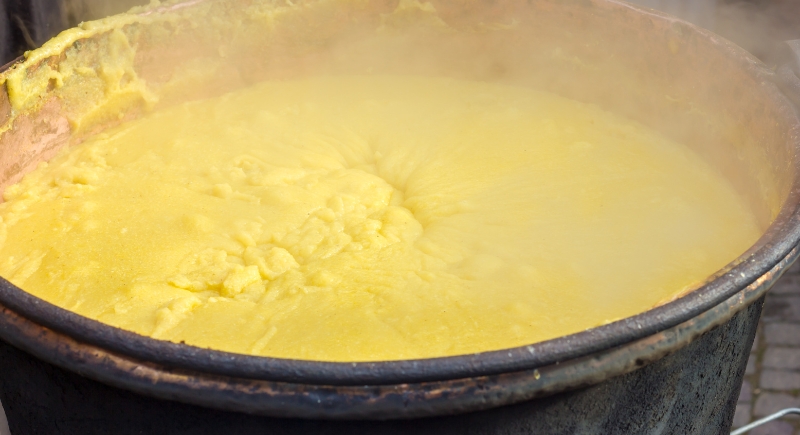
Credit: Getty Images
Stacked pancakes with specialty syrups, loaded breakfast sandwiches, and elaborate smoothie bowls have become common morning choices, but they can be expensive and overly rich. In earlier kitchens, a pot of oats or cornmeal simmered on the stove was enough to feed a household. Those grains were inexpensive, filling, and easy to prepare in bulk.
Bake Bread at Home
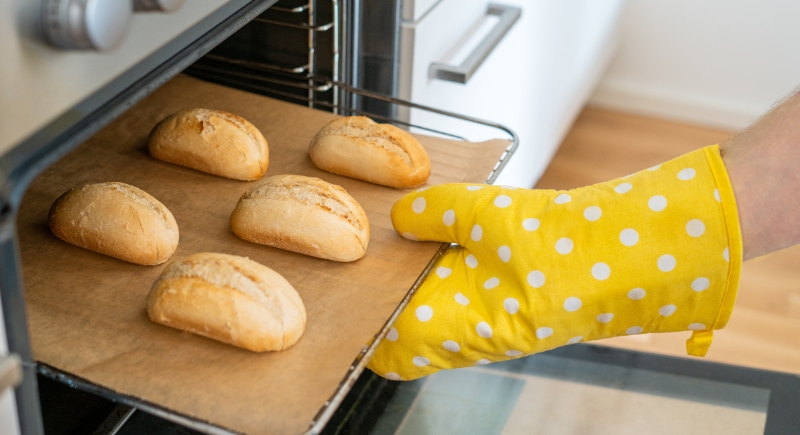
Credit: Getty Images
A basic loaf at numerous grocery stores can cost four to six dollars, and specialty breads or artisan varieties typically go beyond eight. Buying a couple each week can add up to a significant amount in a month. Meanwhile, mixing flour, water, yeast, and salt at home costs far less, usually under a dollar for a full loaf.
Cook Meals in One Pot
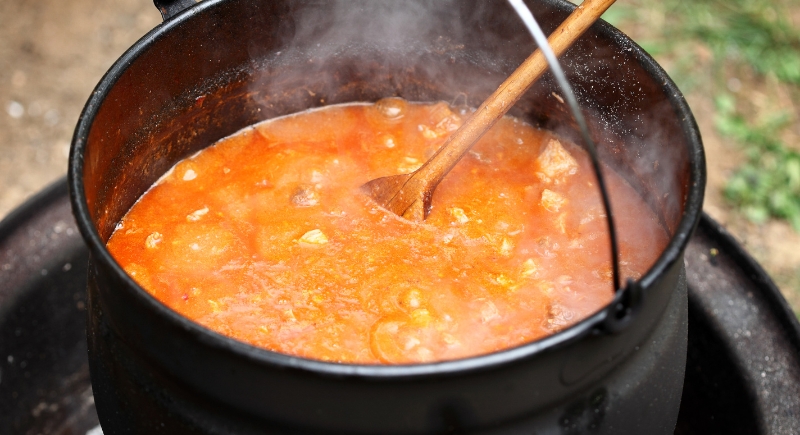
Credit: Getty Images
Fuel and equipment were limited, so one-pot meals became common. They combined vegetables, grains, and bits of meat into a single simmering dish. Without this approach, you use multiple burners and dirty several pans. A large pot of stew or chili can easily serve multiple dinners with less cleanup.
Pick One Roast for Different Meals
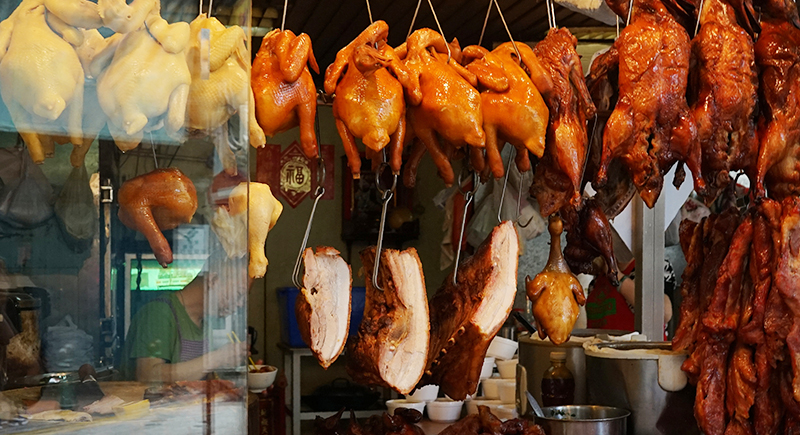
Credit: iStockphoto
Planning several meals around one roast keeps grocery costs lower and reduces the effort of cooking from scratch every day. Buying a larger cut at once is usually cheaper per pound, and it avoids repeated trips to the store. Earlier cooks relied on this method because raw meat was expensive and not easily stored.
Preserve Extra Ingredients

Credit: Getty Images
This simple habit of preserving extra produce prevents food from spoiling before you can use it. Cook down tomatoes into a sauce and seal them in jars, blanch leafy greens and freeze them in small portions, or dry herbs by hanging them in a warm, ventilated spot until they are crisp enough to crumble.
Whip Up Snacks Yourself

Credit: Canva
While store shelves are packed with chips, bars, and packaged mixes that cost several dollars for a few servings, it is wise to make your own snacks to keep spending in check. Popcorn kernels are not hard on your wallet and stay put in the pantry for months.
Buy Produce on Clearance

Credit: Getty Images
Markets discounted produce that looked bruised or misshapen but remained edible. Grocery stores still offer markdown bins, and paying attention to them lowers your food bill without any compromise in nutrition or final dish quality.